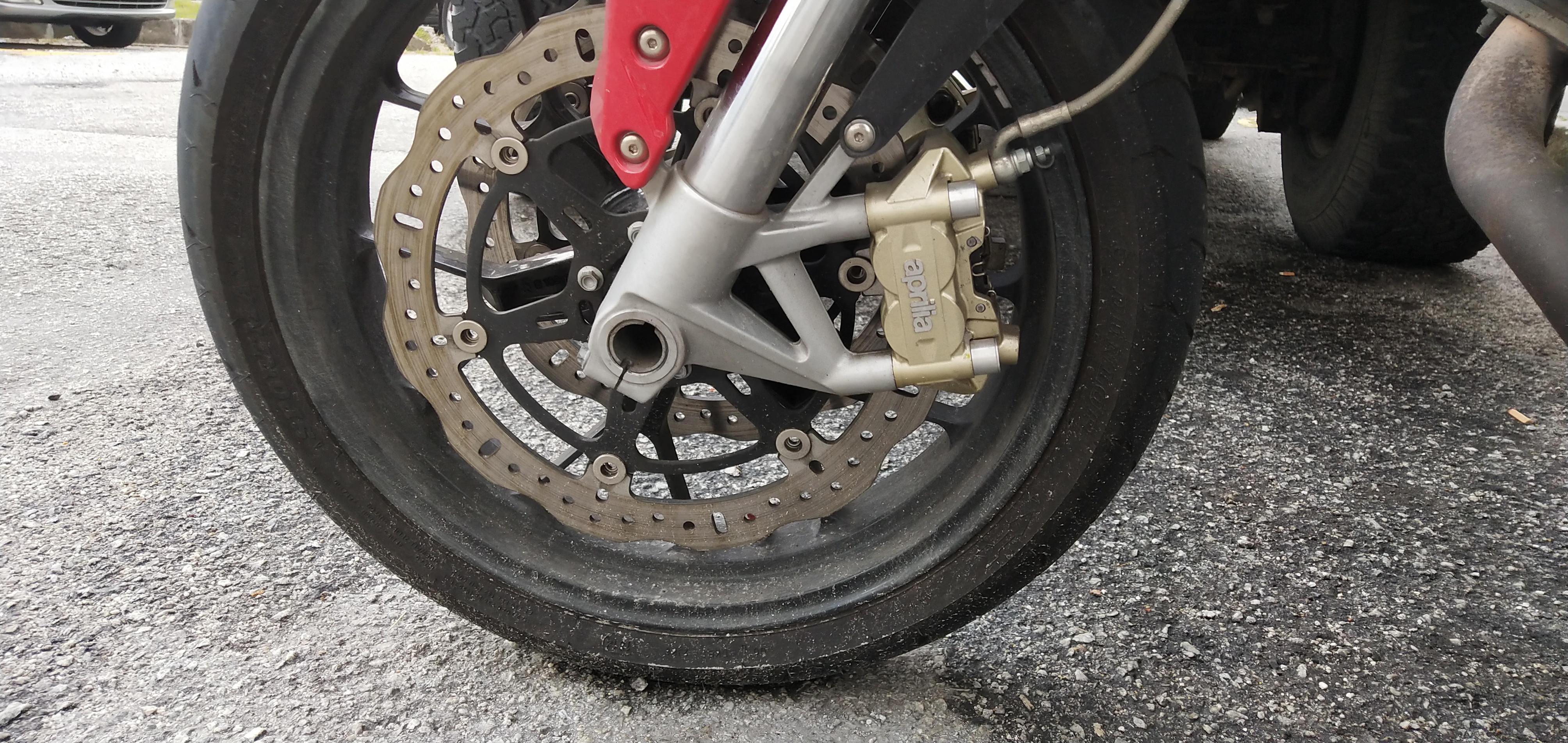
IKK, the popular brand from Taiwan has made high-lift camshaft for many popular bikes here in Malaysia.
Five more pictures after the jump
Thanks to Syark86 for all these pictures.
Camshaft lift explaination from Wikipedia:
Lift
The camshaft “lift” is the resultant net rise of the valve from its seat. The further the valve rises from its seat the more airflow can be realised, which is generally more beneficial. Greater lift has some limitations. Firstly, the lift is limited by the increased proximity of the valve head to the piston crown and secondly greater effort is required to move the valve’s springs to higher state of compression. Increased lift can also be limited by lobe clearance in the cylinder head construction, so higher lobes may not necessarily clear the framework of the cylinder head casing. Higher valve lift can have the same effect as increased duration where valve overlap is less desirable.
Higher lift allows accurate timing of airflow; although even by allowing a larger volume of air to pass in the relatively larger opening, the brevity of the typical duration with a higher lift cam results in less airflow than with a cam with lower lift but more duration, all else being equal. On forced induction motors this higher lift could yield better results than longer duration, particularly on the intake side. Notably though, higher lift has more potential problems than increased duration, in particular as valve train rpm rises which can result in more inefficient running or loss or torque.
Cams that have too high a resultant valve lift, and at high rpm, can result in what is called “valve bounce”, where the valve spring tension is insufficient to keep the valve following the cam at its apex. This could also be as a result of a very steep rise of the lobe and short duration, where the valve is effectively shot off the end of the cam rather than have the valve follow the cams’ profile. This is typically what happens on a motor over rev. This is an occasion where the engine rpm exceeds the engine maximum design speed. The valve train is typically the limiting factor in determining the maximum rpm the engine can maintain either for a prolonged period or temporarily. Sometimes an over rev can cause engine failure where the valve stems become bent as a result of colliding with the piston crowns.


